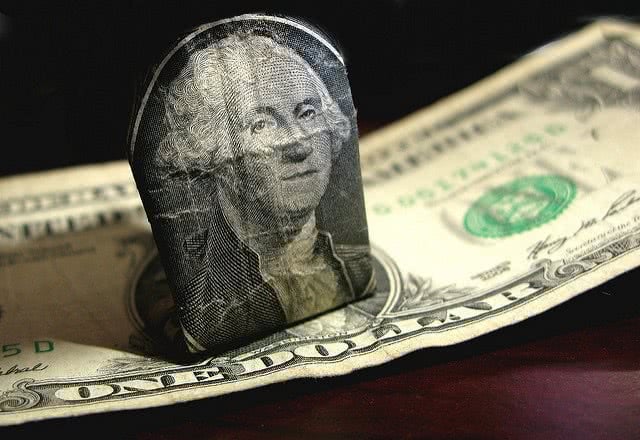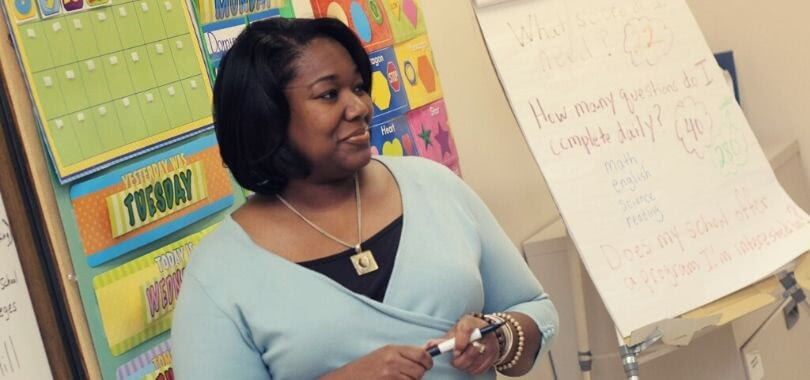The student loan forgiveness program is a huge boon to anyone struggling to pay off their student debt. But it only applies to qualified borrowers who meet certain criteria. Do you meet these criteria and do you qualify for student loan forgiveness? Read through the eligibility criteria to determine whether you qualify.
Do You Meet The Student Loan Forgiveness Criteria?
To qualify for forgiveness, you need to meet two requirements:
- You must have federal student loans. This includes undergraduate loans, graduate loans, Graduate PLUS loans, parent PLUS loans, and spousal loans. Private student loans are not eligible for federal debt relief.
- Your annual income must be less than $125,000 as an individual borrower or less than $250,000 if you’re married. Annual income refers to your adjusted gross income or AGI on tax returns from either 2020 or 2021.
If you meet both criteria, you’re eligible to get up to $10,000 in forgiveness.
If you received a Pell Grant you could qualify for up to $20,000 in debt cancellation. Not sure if you received a Pell Grant. It’s easy to find out by logging into your FSA account. Any Pell Grants you’ve received will appear on the Aid Summary page, which highlights all your loans and grants. Remember, the size or frequency of your Pell Grants doesn’t matter for forgiveness. You’re eligible for up to $20,000 in debt relief even if you had a Pell Grant for only one year or received only a partial Pell Grant.
One important thing to know is that forgiveness is applied per borrower. It is not per loan. That means your debt relief is capped at $10,000 or $20,000 no matter how many loans you have or what your loan balance is.
How To Get Loans Forgiven If You Qualify
You’ve checked the criteria and determined that you qualify. The next step is to figure out how to get your loans forgiven. The process is relatively straightforward.
The Department of Education has the income data for millions of borrowers on file. They will use this to determine who is eligible and will forgive their debt automatically. If your income data is on file with the Department of Education, debt cancellation will automatically be applied to your account. You should receive a notification about the cancellation. Don’t take this for granted though. You should check and make sure that the debt cancellation has been applied and that your account wasn’t overlooked in the shuffle.
If your income information is not on file, you will need to fill out and submit an online application. You’ll find this at the studentaid.gov website. This application asks for your personal and financial details to determine eligibility.
After you apply, processing takes some time. After your application is approved, you should receive a notification from the Department of Education. You should receive another update from your loan servicer after applying the debt cancellation. Keep an eye out for any email or other correspondence from your loan servicer updating you. It’s also a good idea to log into your FSA account and check your loan balance regularly.

What To Do If You Don’t Qualify For Student Loan Forgiveness
If you don’t qualify for debt relief or you still have a large amount of debt after the cancellation, you need to explore other options.
The first thing to do is to consider an income-based repayment plan. There are multiple plans you can choose from depending on your financial goals. The advantage of these plans is they allow you to adjust your monthly payments to your income. This makes the payments always affordable so there’s no risk of default. Another advantage is the income-based repayment program is offered by the federal government so you still get all the federal loan protections. The downside is that you will owe more in interest over the longer loan term.
The second option is to refinance your student loans. This involves trading your current loans for a new loan with a new interest rate and new terms. Choosing a longer loan term when you refinance will lower your monthly payments and make them more manageable. If you have good credit, you’ll qualify for a lower interest rate, so you’ll save money too. The downside is that you can only refinance through private lenders and that means losing all federal protections.
Don’t forget to also look into the other federal student loan forgiveness programs.
You may be eligible for Public Service Loan Forgiveness if you work full-time in a government or non-profit organization and have made at least 120 qualifying payments.
The Teacher Loan Forgiveness program forgives student loans for teachers who have completed 5 consecutive years teaching full-time in low-income schools.
Eligible members of the U.S. armed forces may also qualify for Military Service forgiveness.
You may also be eligible for forgiveness if you’ve completed an approved AmeriCorps program.
Take time to look into the criteria and conditions of each of these federal programs to determine if you qualify for student loan forgiveness.
Use College Raptor’s new Student Loan Finder to discover personalized loans. Compare lenders and interest rates to find the ideal student loan for you!






